#iranelection#gr88 #neda Please RT: just what has Twitter done in Iran?
05 février 2010
When Iran took to the streets to contest the official results of the June 2009 presidential election, the world’s press give wide coverage to the global support movement that emerged on the internet, and especially on Twitter, which was first conceived as a public chat room, a sort of real-time social messaging service.
Referring to the title of the song The Revolution will not be televised by African-American singer Gill Scott-Heron, which dealt with the 1969 riots in the San Francisco suburbs, a number of journalists and commentators proclaimed, “The revolution will be tweeted”.1 It is worth bearing in mind that technological innovations inevitably see the same line used to promote the new and/or criticise the old (radio, blogs, etc.). As has invariably been the case elsewhere, the problem is that the title turns the question on its head (can a technology achieve a revolution?). The question has more bearing on an issue specific to the press, namely the sudden arrival of the public in what was previously their exclusive domain, via the incredible popularity of technologies that allow any- and everyone to make their voice heard. It should be noted that this debate was particularly virulent on the internet and in the press well before the start of the events in Iran.

Screen capture of the Twittertimeline
It is nevertheless fairly clear that Twitter helped, especially during the first hours of the events, to spread information to which the press had not yet had access. For nearly two days, during which time a massive number of alerts were issued on social networking sites, the broadcast media were unable to provide footage of the events. Netizens reacted by attempting to alert them and launching a movement on Twitter under the hashtag #CNNFail, i.e. by making the alert appear among Twitter’s trending topics.
Even though, as we pointed out very early on during the events, information spread on Twitter is by its very nature subject to caution, it is undeniable, on the basis of the numbers alone (between 100 and 150 #iranelection Twitter topic trends per minute in the first hours of the protests), that the network saw the emergence of a vast movement of solidarity and assistance worldwide.
Why “tweet” on the events in Iran? As is often the case on Twitter, individuals come out in favour of causes in regions that are a long way from home (Peru, Iran in June 2009, etc.), and use different resources to express their solidarity: technical (lists of proxies, etc.), informative (how many dead, how many protesters, etc.) or subjective (“This video takes me there”, etc.).
By quickly putting together a typology of messages posted, we should be able to demonstrate their variety and their usefulness. Aside from the countless messages of solidarity addressed to Iranians, there is a large number of links to photos or videos (often taken using mobile phones) depicting the events and aimed at allowing people to see the situation on the ground. More symbolic actions were also taken in support of the movement (more than 160,000 Twitter users expressed their moral support by turning their avatars green on Monday 22 June 20092). Some specialised in tracking propaganda and outing government agents on Twitter (agents who not only spread disinformation but also use the network to pinpoint activists in Iran) or devoted their energy to setting up, as we shall see later, technological resources aimed at getting around the censorship of electronic networks.
During the actual demonstrations, Twitter was used to circulate information and/or advice (take the battery out of mobile phones before going home, delete photos and videos after sending them, stock up on medication in case protesters have to take refuge with you, etc.), to list places where protesters could find refuge if they were being pursued (mainly foreign embassies).

Screen capture of a Google map giving the location of foreign embassies that took in protestors in Tehran
We should note the importance of “retweeting” (RT), another technique used abundantly throughout the movement. A number of users took the initiative of circulating information by passing on messages within their own networks and asking their followers to spread the word. To the inevitable question, “Why are you retweeting so many messages?”, they invariably replied, “Because they [the Iranians] wanted us to.”
This procedure made a big contribution to spreading information, even though its use remained highly controversial for a long time: it is accepted practice to cite the source when you retweet a message. But this was obviously not an option for messages sent from within Iran, as the secret services could use nicknames to track down and arrest the people who originally sent the messages. So, very swiftly, and with great agility, retweeters together decided to modify this rule and stop citing sources from within Iran. Note that the 140-character limit, which cut retweeted messages, put the emphasis on information, as with the bush telegraph. Retweeting, and the various issues it raises in terms of the respect of the truth, is nothing more than the expressive circulation of information, sent from one account to another by individuals who of their own volition have deemed the events taking place in Iran to be sufficiently important on one score or another (freedom of expression, electoral fraud, solidarity, religion, political reasons, etc.).
Twitter was not originally intended to become a counter-public media sphere.3 It was just seen as a means of posting very short messages aimed at a network of “friends”. Some users came up with the clever idea of creating unnatural key words, known as hashtags (by putting # directly in front of a word or group of words), to open a channel of communication that can be found by some search engines. Some hashtags were opened during the terrorist attacks in Mumbai (#mumbay) or the clashes in Greece (#griots), while others were used to keep an eye on voting stations during the 2008 presidential election in the United States or during parliamentary elections in India (#votereport).
As soon as the results of the Iranian election came out, the #iranelection channel became the semantic space that federated all messages relating to the events. This procedure probably helped make a real counter-public communication sphere, thereby reinforcing international mobilisation.
In the following video, researcher Clay Shirky, the author of a seminal study on digital protests,4 looks at Twitter’s role in the events. He concludes that, for the first time in political history, tools have been used that truly make it possible for debate to take place outside traditional structures: together, chats, mobile phones, blogs, social networking sites and wikis amplify communication between individuals, making their voices collective.
Talk by Clay Shirky on TED: “How social media can make history”, June 2009
Twitter’s success stems from the fact that the Iranian government was ultimately unable to censor it, unlike other networks (sharing platforms and social networking sites), access to which was very quickly blocked in Iran. Unlike Myanmar, which cut all electronic ties to foreign countries in 2007, Iran has not (at the time of writing, in June 2009) imposed a blackout on all communications, opting instead to block specific services, protocols or networks (mobiles in particular), and even then only at certain times during the crisis (demonstrations, declarations by dignitaries, etc.). Singularly, online game applications (like World of warcraft) were generally left open, which gave some activists the idea of using that channel to circulate information.5
This choice may raise eyebrows. One of the most credible explanations is that the economic weight of the internet and mobile telephony – especially SMSs – make it increasingly risky for a government to impose a blanket blackout. Putting Iran and recent events there to one side, this idea means we need to look a lot more closely at the technical censorship of networks.
As such, and bearing in mind that Twitter saw the most intense activity in terms of information circulation, why is it that the Iranian government’s interception services did not simply cut access to the network, given that they are among the most zealous in this respect anywhere in the world? The most likely reason is that Twitter has a public timeline (it is possible to read messages on an account without registering oneself on the website), which is very pervasive (it generates an rss thread that can appear on any website – in the form of a badge, for instance, or a syndication service); similarly, access can be made via an infinite number of applications, using very different protocols (http, SOCKS, etc.). In other words, its API (application programming interface) is open.6In short, when I connect to a website that carries a Twitter feed, I am not connecting myself, the website is doing it for me. To block my access to Twitter, you would need to block my access to the entire internet, which, as we noted earlier, is contrary to Iranian government policy.
Throughout the movement, and in the light of observations that have already been made, the main and recurrent question stemming from individuals themselves, well before the first media critiques made their appearance, is one of confidence – specifically, confidence in the sources of information. This issue, which is eternally present in this sort of network (Twitter recently decided to “certify” a number of celebrity users), is especially important given that the circulation of false information or rumours can have particularly dire effects for the protest movement and certain activists in the country.
Well versed in dealing with security issues, a few groups of hackers and hacktivists taken part in the search for reliable sources, which is complicated by the fact that Twitter users have agreed to locate themselves in Tehran in a bid to slow the process of localising sources in Iran itself by Iranian intelligence. Here again, we see evidence of internet users’ capacity for self-organisation and their capacity to adapt (an American activist has said of Twitter that “we are in a war of adaptation”), which imposes forms of “agile communication”, in reference to so-called “agile” software development methodologies, which put a lot of reliance on the client, in the computer sense of the work. The Anonymous Iran/Why We Protest forum (created by hacktivists hailing from the group Anonymous and The Pirate Bay, a Swedish P2P tracker)7simultaneously provides links to sources that could be reliable, daily reports (Green Brief) and technical tips. As everyone is well aware, however, technology cannot guarantee confidence, which is founded on proximity, as information moves from person to person. This is why individual interaction, even when mediated, is the least bad solution – without being a panacea. Other mechanisms, including chats, e-mails, telephones, etc., are also in use, and prior interpersonal acquaintance is favoured among sources.
In the final analysis, the use of Twitter in a global mobilisation in favour of a movement in a country subject to violence and censorship offers a wealth of insights. While some organisations and groups (Reporters Without Borders, Electronic Frontier Foundationand Cult of the Dead Cow, the first hacktivist group, to cite only these examples) pose the question of the increase in technological skill and the empowerment of citizens throughout the world on issues of security and surveillance, we have probably witnessed, with the events in Iran, a fairly significant step that will awaken increasing numbers of Netizens to the importance of these issues – as well as making them want to fight for the security and liberty of others, in addition to their own privacy. We also note, however, that the question of the cryptography of messages has not (or not much) been seriously posed.
Another comment that the events in Iran could inspire is that despite the extreme disorder prevailing on Twitter, which was designed as we saw earlier with other uses in mind, it is striking to note the scope for self-organisation and reflexivity, in real time and outside all state or party intervention, and the thematic use of organisational issues (hierarchy of tools) as well as those relating to security and confidence – in short, the heart of governance on the internet.
Notes
1A dozen articles bear this title, which was first used in relation to demonstrations in Moldova, in the wake of the April 2009 elections (S. Stephen, “The revolution will barely be Tweeted” splicetoday.com, 4 May 2009. Available at: http://www.splicetoday.com/politics-and-media/the-revolution-will-barely-be-tweeted). Among them, note the first devoted to the events in Iran, dated 16 June 2009, written by Austin Heap, a 25-year-old militant for the Iranian cause who, as we shall see further on, was very active during the period of “proxy warfare” on Twitter (“The revolution will be Tweeted”, oneworld.net, New America Media, 16 June 2009. Available at: http://us.oneworld.net/article/364555-the-revolution-will-be-tweeted/?searchterm=revolution%20will%20be%20tweeted). To read the other articles on the Tehran demonstrations inspired by this title, go to: http://delicious.com/search?p=the%20revolution%20will%20be%20tweeted&context=all&lc=1&page=3.
2 See K. Van der Stadt, “Le vert envahit Twitter” (Green invasion on Twitter), datanews. Available at: http://www.datanews.be/nl/90-107-24664/article.html.
3 The notion of “counter-public sphere” is taken from Oskar Negt and Alexander Kluge. See O. Negt and A. Kluge, Public Sphere and experience. Toward an analysis of the bourgeois and proletarian public sphere, Minneapolis: University of Minnesota Press, coll. “Theory and history of literature”, 1993. In response to Habermas’s excessively hegemonic model of the public sphere, which does not take into account the existence of publics other than the literate bourgeois public sphere idealised as of the 18th century, Negt and Kluge introduced the concept of counter-public sphere. Policy on minorities has appropriated this notion to take into account the existence of different publics and the spaces in which they are publicised. Our use of the term does not refer to “inferior” publics and minorities; rather we use it to describe a public space generated by Twitter users who, while they may individually have registered themselves as parts of different communities, turned themselves into a media space at time when the Web was being censored by the Iranian government and when CNN was failing to provide adequate coverage.
4 C. Shirky, Here comes everybody. The power of organizing without organizations, New York: The Penguin Press, 2008.
5 Anonymous Iran/Why We Protest, “WorldOfWarcraft as a means of communication ?” Available at: http://iran.whyweprotest.net/general-discussion/1708-worldofwarcraft-means-communication.html.
6 Jeff Jarvis, author of the BuzzMachine blog and media analyst, put forward the idea of an “API revolution” to make Twitter technology open: J. Jarvis, “The API revolution”, BuzzMachine, 17 June 2009. Available at: http://www.buzzmachine.com/2009/06/17/the-api-revolution/.
The authors
Olivier BLONDEAU has a PHD from Sciences Po, is a researcher in Political Science and a political communications consultant, and Laurence ALLARD, professor in information and communication science at Lille-III University, are co-authors of Devenir média. L’activisme sur Internet entre défection et expérimentation (Éd. Amsterdam, 2007). They are in charge of “Politique 2.0”, a page looking at the latest political trends for the Fondation pour l’innovation politique.

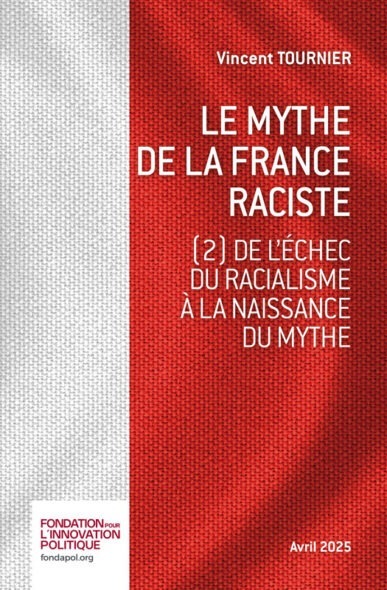
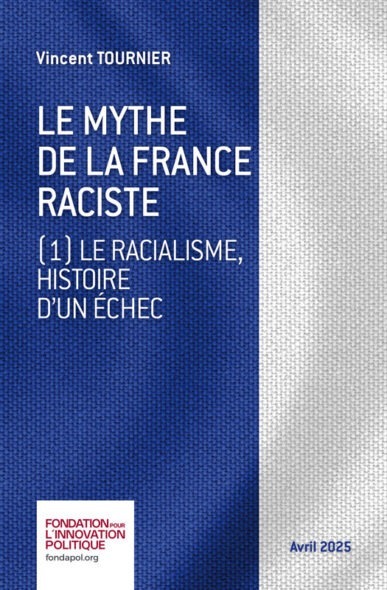
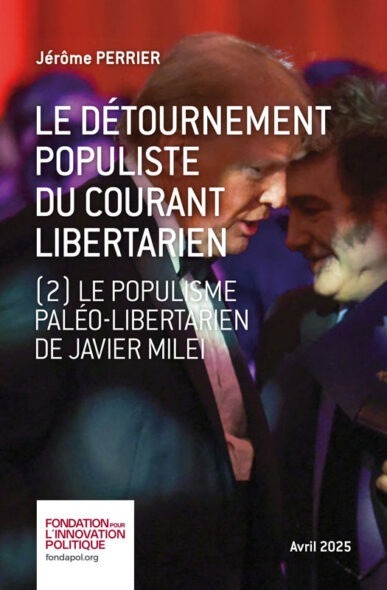
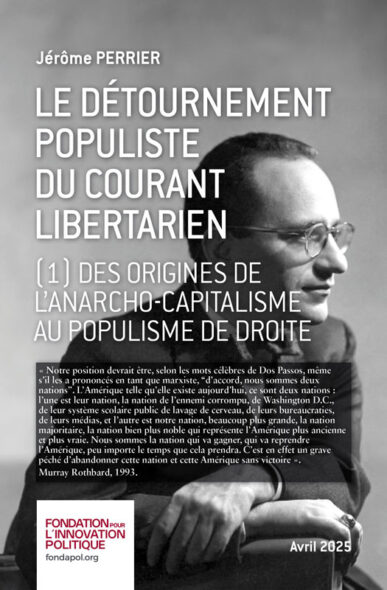





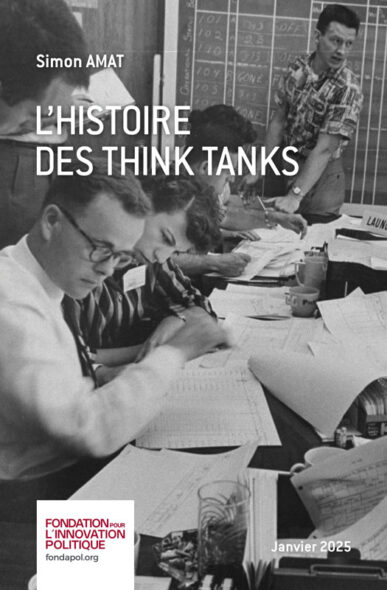

Aucun commentaire.